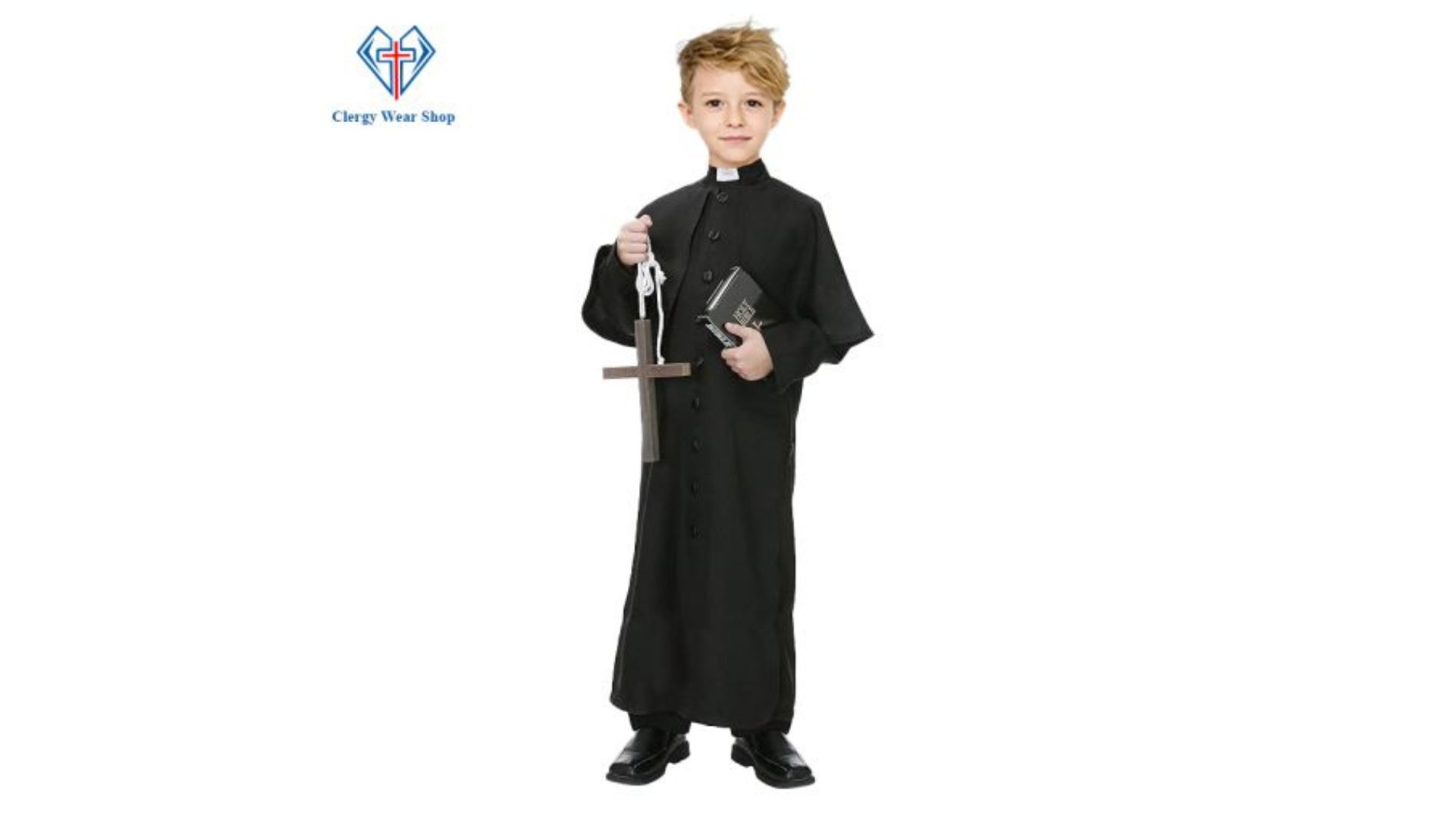Why Vestments for Altar Servers Matter During Holy Mass

Strong 8k brings an ultra-HD IPTV experience to your living room and your pocket.
Altar servers have an important job during Mass. They help priests and deacons with special parts of the service. Their role is not just about helping, it also has deep meaning. Wearing proper vestments for altar servers shows respect, unity, and the importance of what they do. These clothes remind them they are serving in God’s house, following a holy tradition that has lasted for centuries. Vestments for altar servers also show their dedication through respectful and disciplined behavior.
Tradition Meets Purpose
Vestments have deep roots in Church history. What altar servers wear today reflects centuries of liturgical tradition. From cassocks and surplices to albs and cinctures, each garment has meaning. They’re not just for aesthetics—they reflect hierarchy, purpose, and spiritual symbolism. Serving at the altar dressed in proper vestments helps young servers connect more deeply with their role in the Mass and with the timeless beauty of the Church.
The Cassock
The cassock is one of the most recognizable garments worn by altar servers. Usually in black, red, or white, it represents humility, service, and dedication. It’s long, modest, and neat, helping altar servers feel part of a larger spiritual order. Worn under a surplice, the cassock sets the tone for sacred participation and removes any distraction from secular clothing during worship. Simplicity and solemnity are its strengths.
Surplice
The surplice, typically white and worn over the cassock, symbolizes purity and joy. With its wide sleeves and square neck, it adds elegance and solemnity to the altar server's appearance. Often trimmed with lace or kept plain, the surplice reminds servers of the sanctity of the liturgy. It reflects the heavenly nature of their duties, standing in the presence of Christ in the Eucharist. It’s modest, graceful, and meaningful.
Albs
Albs are another popular choice for altar server vestments. These white, full-length robes represent the baptismal garment and symbolize innocence and purity. Albs are often secured with a cincture, representing self-control and readiness to serve. Worn by both clergy and servers, the alb promotes unity and simplicity at the altar. It’s especially useful in parishes that opt for a uniform look among all ministers during liturgy.
Cinctures
A cincture is a rope-like belt tied around the waist over an alb. It represents purity, chastity, and readiness to serve. Cinctures come in various liturgical colors, such as white, red, purple, or green, often matching the season or feast day. Though small, this vestment detail holds deep meaning. It reminds servers that their role requires focus, discipline, and devotion to the sacred duties at hand.
Color Coding in Vestments
Liturgical colors often influence vestment choices. While altar servers usually wear white or black cassocks, some churches match cinctures or accents to the liturgical calendar—green for Ordinary Time, purple for Lent or Advent, red for martyrs or Pentecost, and white for solemnities. This coordination brings rhythm and beauty to the church seasons, helping altar servers learn and live the liturgical year more fully and reverently.
Vestments for Special Occasions
On major feast days or special liturgical celebrations, altar servers may wear unique vestments or additions like scapulars or shoulder capes. These special garments elevate the solemnity of the Mass and give the servers a sense of occasion and honor. Special vesture creates a visual reminder of the sacred mysteries unfolding at the altar. It's a beautiful way to show reverence and distinction for holy days.
Comfort and Fit Matter Too
While tradition and symbolism are key, comfort and practicality shouldn’t be overlooked. Altar servers often range in age, so well-fitting vestments are important for ease of movement and confidence during service. Lightweight fabrics, adjustable cinctures, and easy-to-maintain materials are a must. Comfortable vestments help young servers focus on their duties without distractions, enhancing their experience and reinforcing the importance of their role.
Where You Can Buy Vestments for Altar Servers
If you're looking for high-quality, affordable vestments for altar servers, ClergyWearShop is your go-to destination. We specialize in cassocks, surplices, albs, cinctures, and more—crafted with care and reverence. Our garments are designed for comfort, tradition, and durability, perfect for growing altar servers. Whether you’re outfitting a single server or an entire team, ClergyWearShop offers custom sizes, fast shipping, and exceptional customer service to meet your parish’s needs.
Custom Vestments for a Unique Look
Some churches desire a distinct look for their servers. Custom vestments offer a way to reflect parish identity while maintaining liturgical standards. Colors, embroidery, parish logos, or patron saint symbols can be added. Customization doesn’t mean compromising tradition—it’s a way to celebrate it personally. At ClergyWearShop, you can request custom sizing or personalized touches that make your servers feel connected and proud to represent their parish.
Conclusion
Vestments are more than garments—they’re signs of sacred duty. When altar servers dress in traditional, meaningful vestments, they’re clothed in the Church’s rich spiritual heritage. From cassocks to cinctures, each piece reminds them of the beauty, responsibility, and reverence of their role. Well-made, comfortable, and symbolically rich vestments elevate the entire liturgical experience—and help servers serve not just in action, but in heart and spirit.
Note: IndiBlogHub features both user-submitted and editorial content. We do not verify third-party contributions. Read our Disclaimer and Privacy Policyfor details.


